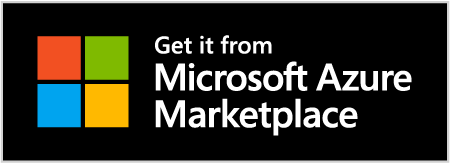The world is changing rapidly. With the growing shift toward remote work, digital communication is now more important than ever.
Human resources tech is no exception. In line with this, HR professionals, who are tasked with seamlessly disseminating information to team members, have begun exploring new solutions to increase productivity, accuracy, and compliance.
What Is Human Resources Tech?
Many companies are relying on portals rather than people to deliver the HR services teams need. The evolution of this space has all but transformed what human resources looks like.
HR tech is at the center of the change. The term includes a variety of business functions including:
- Payroll
- Time and attendance
- Hiring
- Benefits
These elements have been HR staples for some time now—yet enhancements in tech, including artificial intelligence (AI), have unleashed an entirely new generation of tools. Chatbots and built-in analytics, for instance, are freeing up HR professionals, allowing them to work more strategically instead.
The 2020 Paychex Pulse of HR Survey revealed that over 85% of HR staff reported that technology has elevated their corporate success, with more than 80% of respondents stating that tech investments will help organizations boost their productivity.
Trends In HR Technology
Upgrading your current HR systems will help your business stay compliant, communicative, and in line with process-driven and mobile-ready best practices.
Current trends in human resources technology include:
- Payroll automation
If you’re still using manual payroll processes, now is the time to adapt and evolve. Payroll automation eliminates the paperwork and compliance challenges many HR professionals face each month. Rooted in data and process automation, it sends wages directly to team members on a consistent basis.
- HR compliance management
Human resources staff must navigate a suite of regulations—many of them changing on a regular basis, and all of them influencing their daily processes. Background checks, payroll regulations, and labor requirements are just the beginning. Compliance management software will bring clarity to the chaos.
- Scheduling software
This is the productivity trend of the future—transforming how workers are assigned tasks throughout the week. From shift changes to weekly or monthly assignments, workforce scheduling software keeps teams productive, companies cost-efficient, and work distributed fairly.
- Employee self-service portal
Your teams will appreciate the autonomy this trend provides. With remote work more prevalent than ever, an employee self-service (ESS) solution is crucial to letting workers access key functionalities from anywhere. Benefits, payroll, attendance, and other features can all be integrated into your ESS portal.
- HR analytics platform
Where would HR be without recruitment analytics, employee documents, and other data-driven insights? The right platform can reveal vital patterns in your company data, shedding light on important trends while freeing up human resources staff to focus on other tasks.
Connect With HumanSoft Today
Built on the low-code, no-code Microsoft Power platform, HumanSoft brings peace of mind to HR professionals and organizations. Our process-driven solution offers a chatbot, mobile-ready system with AI models, robotic process automation, and a full suite of other pillars designed to help you thrive.
Consider it your all-in-one human resources technology solution—customizable based on your unique needs. Contact us today to learn more.








